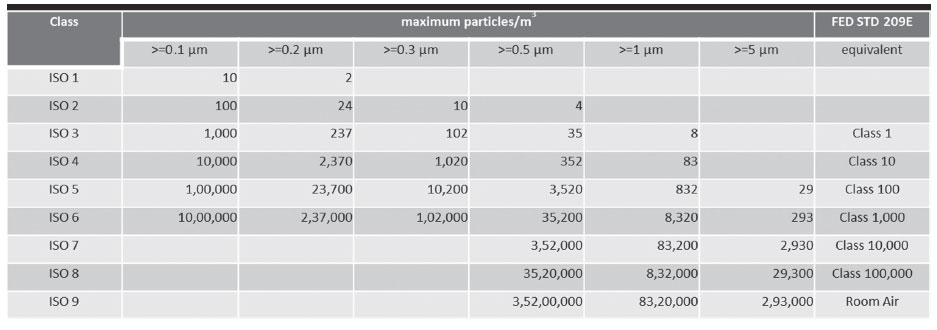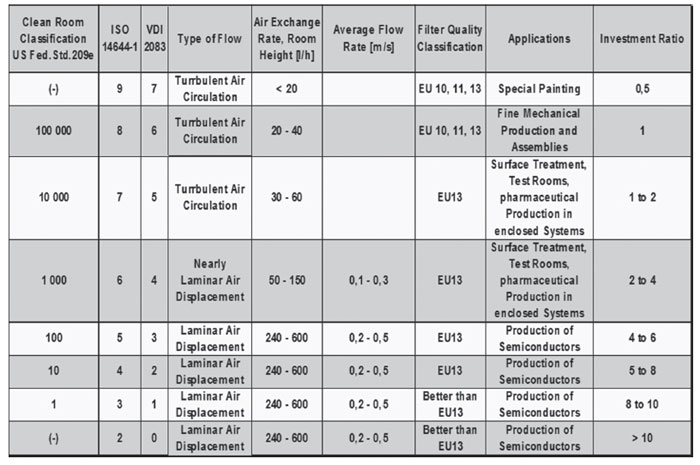|
All
Electric Injection Moulding Machines for Clean Room
Applications
|

Mr Ankur Agarwal
Marketing Communications
Milacron India |
The world of medical manufacturing
is considered one with the most stringent
requirements. To avoid contamination, the concept of
clean room is devised. A clean room for a medical
process is a controlled environment with low /
negligible level of pollutants such as dust, airborne
microbes, aerosol particles, and chemical vapors.
Cleanrooms can be classified to a
number of standards, the most common being ISO 14644,
which is an international metric standard with
classification based on the maximum allowable
concentration of particles greater than 0.1 µm per
cubic meter of air. Compliance to a specific class can
be made at particle sizes between 0.1 and 5.0 µm
depending on cleanroom class, design, and process
requirements.
Particulate cleanliness
classification is normally determined using a discrete
particle counter (DPC) and a specified sampling
protocol, with sampling sites located on an evenly
distributed grid at a height determined by the work
activity. A cleanroom is considered compliant if the
average concentration at each location, and the 95%
upper confidence limit (required if there are fewer
than 10 locations), do not exceed the particle
concentration limits of the specified ISO class at the
considered particle size. |
Clean room varies in size and complexity, and are used in
industries such as
• Biotech, medical device,
• Pharmaceuticals,
• Food & Packaging and
• Life sciences
As well as critical process manufacturing common in
• Aerospace
• Optics
• Military and Department of Energy
• The key component is the High Efficiency Particulate
Air (HEPA) filter that is used to trap particles that
are 0.3 micron and larger in size.
• Some cases where stringent cleanliness performance is
necessary, Ultra Low Particulate Air (ULPA) filters are
used.

Clean room air flow principles
• Cleanrooms maintain particulate-free air through the
use of either HEPA or ULPA filters employing laminar
or turbulent air flow principles.
• Laminar air flow systems are typically employed across
100% of the ceiling to maintain constant, unidirectional
flow.
• Laminar flow criteria is generally stated in portable
work stations (LF hoods), and is mandated in ISO-1 through
ISO-6 classified cleanrooms.
• Personnel selected to work in clean rooms, they
enter and exit the cleanroom through airlocks, air
showers, and they must wear special clothing designed
to trap contaminants that are naturally generated by skin
and the body.

Injection Moulding Machine
To comply with the clean room standards, MILACRON has
developed Elektron – an all-Electric Injection Moulding
Machine. This machine eliminates the hydraulic components
and circuits thereby enhancing the degree of transmission
efficiency and reduced losses. Removal of hydraulic oil
also results in No Contamination of the product. The
Elektron machine is built with enclosed covers to minimize
any accumulation of dust particles in the clean room.
The Elektron provides extreme reproducibility, prolonged
accuracy and instant repeatability. The low energy
consumption results in 40 – 80% energy savings for the
manufacturing unit. It has a narrow processing window for
thin walled components in engineering polymers. High
uptime, smaller shot size utilization, low emissions,
water savings, noiseless environment need are the features
of Elektra for a clean room necessity.
|
